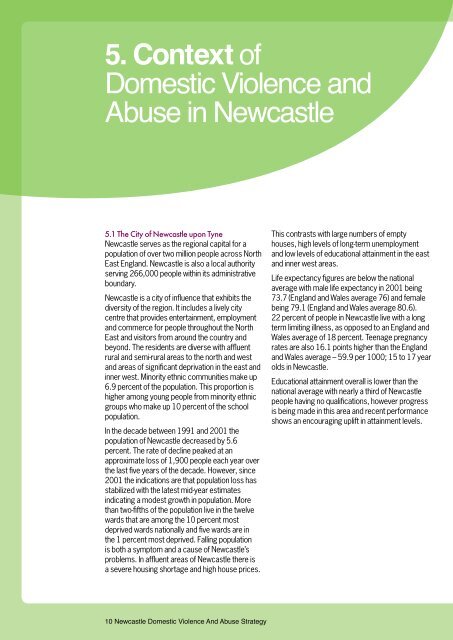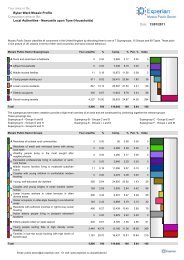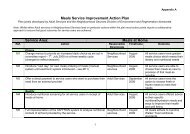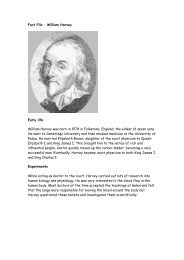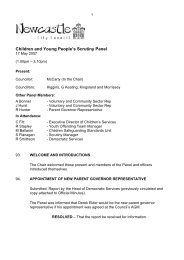Safe Newcastle Domestic Violence Strategy - Newcastle City Council
Safe Newcastle Domestic Violence Strategy - Newcastle City Council
Safe Newcastle Domestic Violence Strategy - Newcastle City Council
You also want an ePaper? Increase the reach of your titles
YUMPU automatically turns print PDFs into web optimized ePapers that Google loves.
5. Context of<br />
<strong>Domestic</strong> <strong>Violence</strong> and<br />
Abuse in <strong>Newcastle</strong><br />
5.1 The <strong>City</strong> of <strong>Newcastle</strong> upon Tyne<br />
<strong>Newcastle</strong> serves as the regional capital for a<br />
population of over two million people across North<br />
East England. <strong>Newcastle</strong> is also a local authority<br />
serving 266,000 people within its administrative<br />
boundary.<br />
<strong>Newcastle</strong> is a city of influence that exhibits the<br />
diversity of the region. It includes a lively city<br />
centre that provides entertainment, employment<br />
and commerce for people throughout the North<br />
East and visitors from around the country and<br />
beyond. The residents are diverse with affluent<br />
rural and semi-rural areas to the north and west<br />
and areas of significant deprivation in the east and<br />
inner west. Minority ethnic communities make up<br />
6.9 percent of the population. This proportion is<br />
higher among young people from minority ethnic<br />
groups who make up 10 percent of the school<br />
population.<br />
In the decade between 1991 and 2001 the<br />
population of <strong>Newcastle</strong> decreased by 5.6<br />
percent. The rate of decline peaked at an<br />
approximate loss of 1,900 people each year over<br />
the last five years of the decade. However, since<br />
2001 the indications are that population loss has<br />
stabilized with the latest mid-year estimates<br />
indicating a modest growth in population. More<br />
than two-fifths of the population live in the twelve<br />
wards that are among the 10 percent most<br />
deprived wards nationally and five wards are in<br />
the 1 percent most deprived. Falling population<br />
is both a symptom and a cause of <strong>Newcastle</strong>’s<br />
problems. In affluent areas of <strong>Newcastle</strong> there is<br />
a severe housing shortage and high house prices.<br />
This contrasts with large numbers of empty<br />
houses, high levels of long-term unemployment<br />
and low levels of educational attainment in the east<br />
and inner west areas.<br />
Life expectancy figures are below the national<br />
average with male life expectancy in 2001 being<br />
73.7 (England and Wales average 76) and female<br />
being 79.1 (England and Wales average 80.6).<br />
22 percent of people in <strong>Newcastle</strong> live with a long<br />
term limiting illness, as opposed to an England and<br />
Wales average of 18 percent. Teenage pregnancy<br />
rates are also 16.1 points higher than the England<br />
and Wales average – 59.9 per 1000; 15 to 17 year<br />
olds in <strong>Newcastle</strong>.<br />
Educational attainment overall is lower than the<br />
national average with nearly a third of <strong>Newcastle</strong><br />
people having no qualifications, however progress<br />
is being made in this area and recent performance<br />
shows an encouraging uplift in attainment levels.<br />
0 <strong>Newcastle</strong> <strong>Domestic</strong> <strong>Violence</strong> And Abuse <strong>Strategy</strong>


